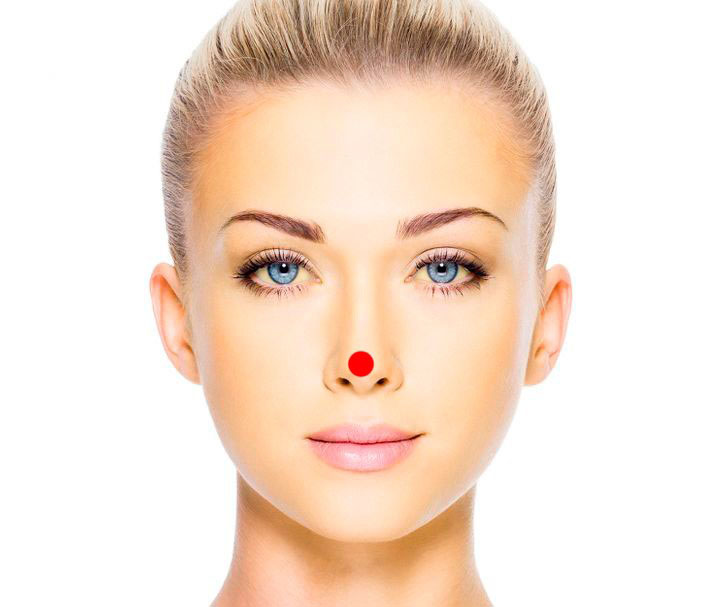Hypotension: applicator and low blood pressure
1 What is arterial hypotension
3 The pathogenesis of arterial hypotension
4 Classification and stages of development of arterial hypotension
5 Emergency care for orthostatic collapse
6 Treatment of arterial hypotension
What is arterial hypotension
Arterial hypotension or hypotension is a long-term condition characterized by a systolic (upper) pressure level below 100 mm Hg. Art., and diastolic (lower) pressure - below 60 mm Hg. Art.
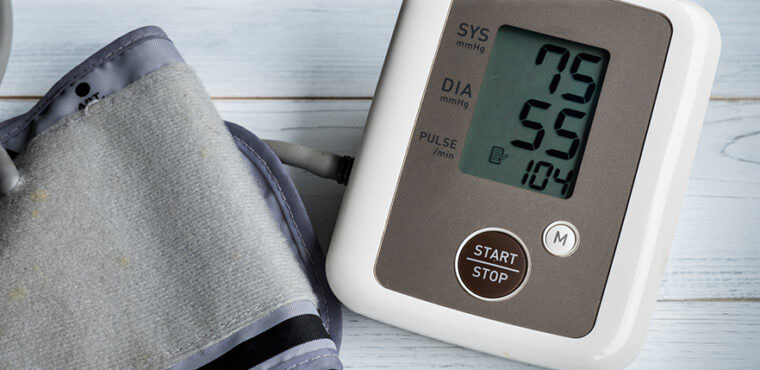
The criteria for hypotension are:
- blood pressure level < 100/60 mm Hg. Art. in persons under the age of 25 years;
- blood pressure level < 105/65 mm Hg. Art. in older people
The following figures are considered to be the lower limit of the norm:
- daytime BP 101/61 mm Hg. Art.;
- at night 86/48 mm Hg. Art.
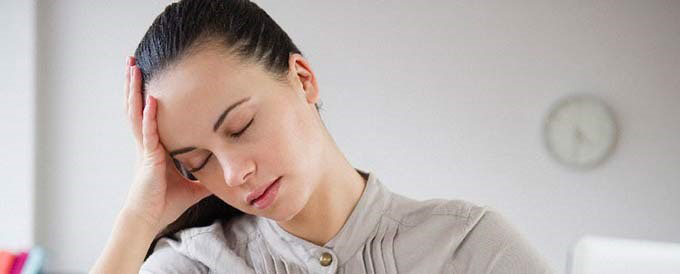
Causes of the disease
The main causes of low blood pressure can be:
- decrease in cardiac output;
- expansion of blood vessels;
- decrease in blood volume;
- inhibition of the brain centers that control blood pressure;
- violation of the autonomic nervous system;
- taking certain medications
These reasons may be related to external and internal factors: the level of physical activity, age, temperature and body position, food intake and fasting, prolonged bed rest. They can also be during pregnancy, with anemia, dehydration, an allergic reaction, or an infectious process.
Arterial hypotension can occur with valvular heart disease, adrenal insufficiency and other endocrine diseases.
There is also neurocirculatory hypotension - an independent disease that occurs against the background of nervous stress, psychological overload, mental fatigue, negative psycho-emotional background.
A decrease in blood pressure figures at rest is also found as a variant of the norm, due to hereditary predisposition and the constitution of the patient. Often, low blood pressure occurs in athletes, residents of the highlands and the tropics. Arterial hypotension, which does not cause a deterioration in well-being, is called physiological and is detected by random measurement of blood pressure.
The pathogenesis of arterial hypotension
During the day, blood pressure changes depending on body position, breathing, stress, physical condition, medications taken, how much a person eats and drinks, and the time of day. Physiologically, BP is usually lowest at night and rises sharply upon awakening.
The human body has certain mechanisms to maintain blood pressure and blood flow at a normal level. These mechanisms are interrelated: the walls of the arteries, determining the level of blood pressure, send signals to the heart, vein arterioles and kidneys to regulate blood flow. First of all, blood pressure depends on the peripheral resistance of blood vessels and cardiac output.
Peripheral vascular resistance is the total resistance of the entire vascular system to the flow of blood that is ejected by the heart into the arteries. The muscle tissue in the walls of arterioles allows these blood vessels to expand or constrict. When the arterioles contract, their lumen narrows and the pressure rises. Conversely, with the expansion of arterioles, the resistance to blood flow decreases, which leads to a drop in blood pressure. The degree of narrowing or dilation of arterioles can be regulated by nerves, hormones, and drugs.
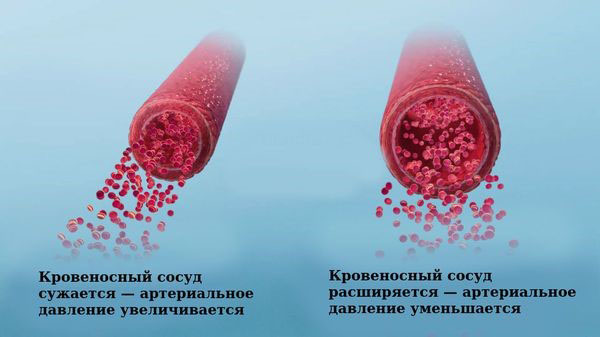
Classification and stages of development of arterial hypotension
The classification of N. S. Molchanov (1962) found the greatest practical application in medicine.
Physiological hypotension:
- hypotension, which is a variant of noma;
- hypotension of increased fitness (occurs in athletes);
- hypotension as a variant of adaptation in residents of highlands.
Pathological hypotension.
- Primary arterial hypotension (neurocirculatory hypotension): with an unstable reversible course;
- pronounced persistent form (hypotonic disease);
- with orthostatic syndrome (i.e., a decrease in blood pressure due to the verticalization of the human body).
- Symptomatic (secondary) arterial hypotension: acute; chronic; with severe orthostatic syndrome.
Primary AHT is an independent disease that leads to changes in central and peripheral hemodynamics, the function of the autonomic nervous system, as well as to a decrease in physical and mental performance. Both external and internal factors, as well as hereditary predisposition, are involved in the occurrence of primary arterial hypotension.
Secondary AHT - develops against the background of diseases:
- of cardio-vascular system:
- respiratory organs;
- digestive organs;
- diseases of the endocrine glands and metabolism;
- during pregnancy;
- postprandial hypotension - a sudden drop in blood pressure after eating;
- taking medications that can cause a decrease in blood pressure.
Postural or orthostatic hypotension (POHH) is one of the most common forms of hypotension. ORGT is a syndrome in which a decrease in blood pressure is accompanied by a violation of the blood supply to the brain after a person assumes a vertical position.
It is caused by a malfunction of the autonomic nervous system and is more often observed in individuals with a weakened tone of the venous vessels. It is caused by a sharp transfer of the body from a horizontal to a vertical position or by standing for a long time.
Allocate acute and chronic forms of arterial hypotension.
Acute AHT (collapse, shock) is usually accompanied by a reduced oxygen content (hypoxia) of the brain and a decrease in the functions of vital organs. Manifested by the patient's confusion, cold, clammy, pale skin, rapid and shallow breathing, weak and rapid pulse.
The severity of the condition is determined not so much by the numbers of blood pressure, but by the speed and degree of its decrease. Acute arterial hypotension, as a rule, is a complication of any acute condition:
- acute circulatory failure, due to a decrease in heart function, a drop in vascular tone;
- acute myocardial infarction, pulmonary embolism, severe arrhythmias, intracardiac blockade;
- severe intoxication (alcohol, drugs, medicinal substances);
- severe allergic reaction (anaphylaxis);
- acute infection and sepsis;
- bleeding;
- body dehydration.
Chronic arterial hypotension is caused by disturbances in the regulation of blood pressure, and these disturbances can have a different nature of origin.
In addition to low blood pressure, common signs and symptoms of chronic arterial hypotension include:
- dizziness;
- fatigue in the morning, low performance;
- weakness, fatigue;
- nausea;
- headache;
- loss of consciousness;
- dehydration and thirst;
- lack of concentration;
- blurred vision;
- depression, chilliness, poor tolerance to cold, heat, stuffiness.
Emergency care for orthostatic collapse
At the first signs of orthostatic collapse, it is necessary:
- Tilt the patient's head back.
- If orthostatic collapse was caused by bleeding, then take all measures to stop it.
- Call an ambulance.
- Provide fresh air supply.
- Cover the patient with warm heating pads.
- Remove clothing that restricts breathing.
- Sprinkle the patient's face and chest with cold water.
- Bring a cotton swab moistened with ammonia to the nose of the patient.
- Rub the limbs with a hard cloth or brush.
- If possible, inject Cordiamin 1-2 ml subcutaneously or a solution of 10% Caffeine 1 ml.
- After the return of consciousness, give the patient warm tea or coffee with sugar to drink.
During orthostatic collapse, one should not give the patient vasodilating drugs (No-Shpa, Papaverine, Valocordin, nitroglycerin, validol, etc.) and try to bring him to his senses by hitting his cheeks.
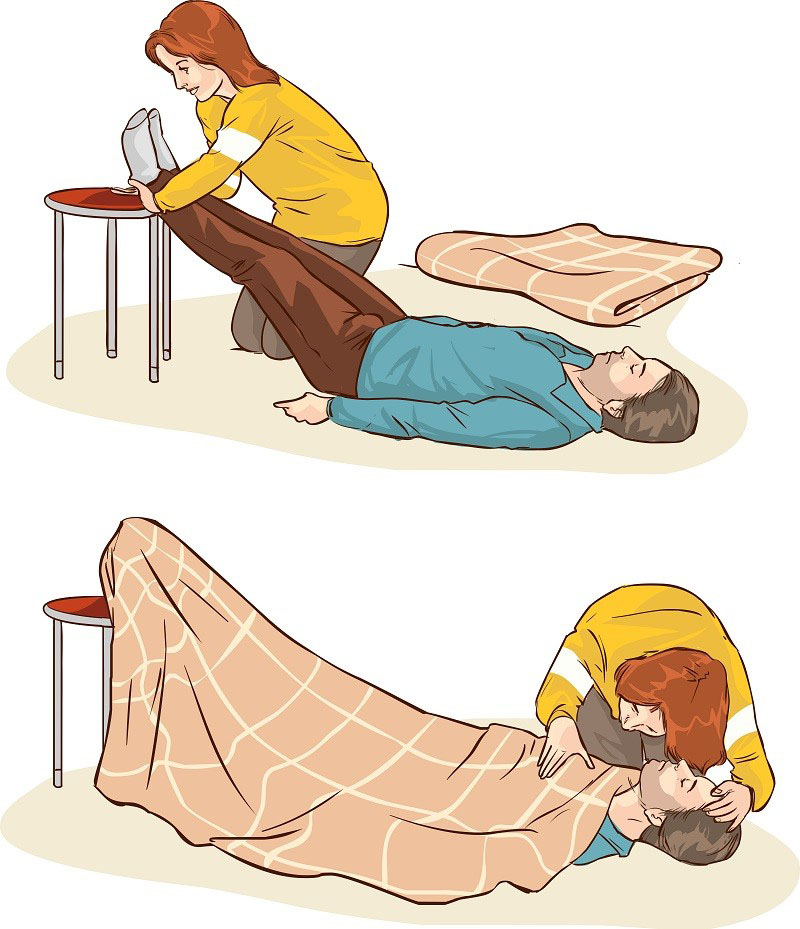
The main complications of orthostatic collapse are fainting and injury from a fall. In more severe cases, these conditions can be complicated by such pathologies:
- stroke - caused by fluctuations in blood pressure;
- progression of neurological diseases - caused by hypoxia of brain tissues;
- dementia is caused by cerebral hypoxia.
Treatment of arterial hypotension
First of all, it is necessary to treat the underlying disease, which is the cause of low pressure. For example, if there are indications, prosthetic heart valves, correction of dyshormonal changes, or treatment of anemia are performed.
Patients with acute hypotension due to blood loss, dehydration, or shock require emergency care and hospitalization for intensive care.
Mild and moderate orthostatic collapse can be eliminated and treated on an outpatient basis, and with a severe degree of this condition, the patient is hospitalized. Includes non-drug and drug treatment.
Non-drug treatment
- Correct selection of the mode of physical activity.
- Cancellation of drugs that cause hypotension.
- Therapeutic gymnastics: strengthening the muscles of the press and lower extremities.
- Morning exercises followed by water treatments (contrast and fan showers in the morning).
- Dynamic sports: skating, skiing, cycling, slow running, brisk walking, rhythmic gymnastics, dancing, swimming, tennis.
- Massage. General massage, massage of the collar zone, hands, massage of the calf muscles, feet with hair brushes, Lyapko application rollers.
- Recommendations for slowly changing posture when standing up (especially for older people).
- Optimal room temperature.
- Changing the diet with the introduction of foods rich in potassium, and an increase in the amount of salt.
- Sleeping with the head end of the bed raised.
Physiotherapy treatment
With hypotension, techniques are practiced that have a tonic effect. They help to normalize vascular tone, increase blood pressure, increase the physical and mental activity of patients.
Combination of physiotherapy with rational organization of work and rest is obligatory. Shown:
- Circular shower, Charcot shower.
- General douches.
Cryotherapy. The patient is immersed in a barrel for 3-5 minutes. Short-term contact of the body with cryogas leads to stimulation of the nervous system and causes a powerful vasoconstrictor effect. In patients, blood pressure rises, performance improves, sleep normalizes.
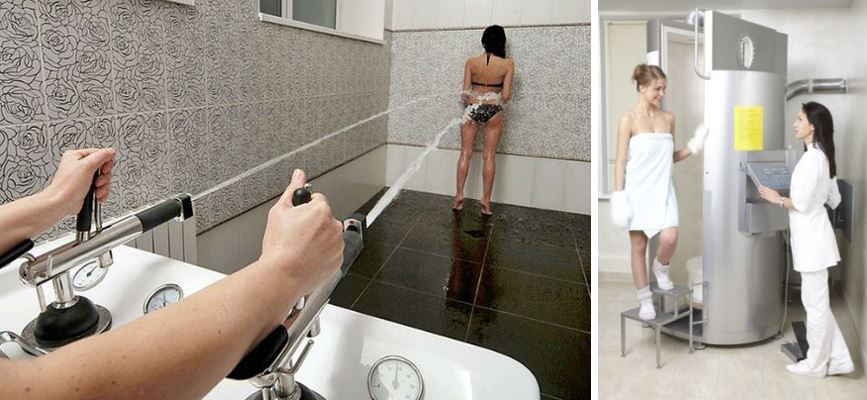
- Decimeter wave therapy - treatment with electric current of the decimeter range. The electrodes are placed on the patient's back on the projection area of the adrenal glands. Electronic impulses stimulate the work of the endocrine glands, which leads to an increase in the production of catecholamine hormones in them, which cause vasoconstriction. The duration of exposure is 15 minutes.
- Electrophoresis with vasoconstrictor drugs (caffeine, mezaton, adrenaline) is recommended for persistent dizziness, fainting, headaches. Affect the collar zone.
- Ultraviolet irradiation (UVI).
- Balneotherapy.
- Acupuncture, application therapy Lyapko.
- Psychological methods of treatment of arterial hypotension
Psychotherapy helps to eliminate or reduce the severity of psycho-emotional stress, which is accompanied by an improvement in the functional state of adaptation systems: humoral and autonomic.
Psychosomatics of hypotension
Reduced blood pressure means that you are losing vitality, do not believe in yourself, in your strengths, capabilities, are discouraged. The ability to create your own life and influence the world has been killed in you. Try to get away from responsibility, from conflict situations. Lack of love in childhood. Defeatist mood: "It won't work anyway."
You need to live an active life, set realistic goals and achieve them, overcoming obstacles. Do not run away from life, but understand that any negative situation can become a source of accumulation of personal strength.
Application therapy Lyapko
Lyapko's applicators in various modifications (plates, rollers, applique belts, applique tapes) are an original, powerful device with many health-improving therapeutic possibilities. Their action is based on the principles of traditional Chinese medicine - superficial multi-needle acupuncture, as well as on the general physiological mechanisms of life.

Mechanisms of action of the applicator.
The high healing effect of Lyapko applicators is due to a combination of intense reactions:
- reflex-mechanical;
- galvano-electric;
- immunological.
The clinical effects of the method of multi-needle therapy are manifested in analgesic, antispasmodic, anti-inflammatory, anti-edematous, neurotrophic and immunomodulatory effects. Also in the regulation of the functions of the autonomic nervous system, the normalization of the processes of excitation and inhibition in the central nervous system.
Variants of application of Lyapko application devices at low pressure.
In case of hypotension, drowsiness, weakness, the effect is effectively carried out in the morning and the first half of the day. The duration of the session is 7-10 minutes for the applicator, 3-7 minutes for the roller.
In the morning, it is recommended to do a tonic massage, rolling the whole body with the “Big Roller M”, “Universal Roller M”. Rolling is done along the arrows, this is how energy moves through the body (Fig. 1) or arbitrarily, as you please.
Roll each arm, leg, then torso for one to two minutes. The use of rollers enhances blood circulation, lymph flow, increases vascular tone, perfectly relieves fatigue, eliminates muscle tension and aches, pain, and increases vitality. After the massage, do a complex of morning exercises, take a shower and you will feel rested and full of energy.
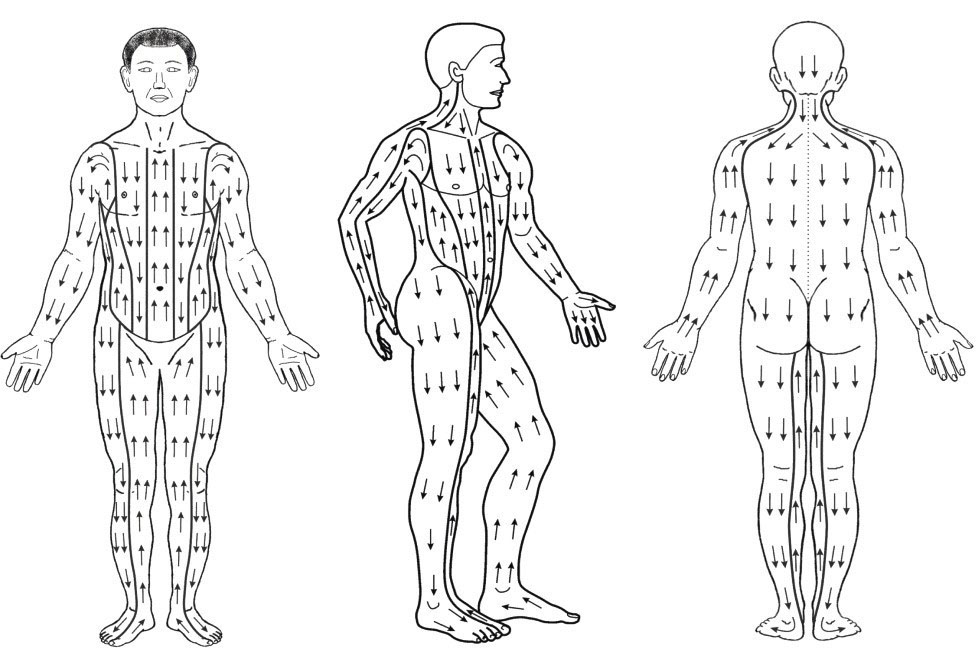
Fig.1
Application zones for hypotension (Fig. 2): main 1, 2, 3; auxiliary 0.4 (14); additional 7, 25, 28, 29, 31.
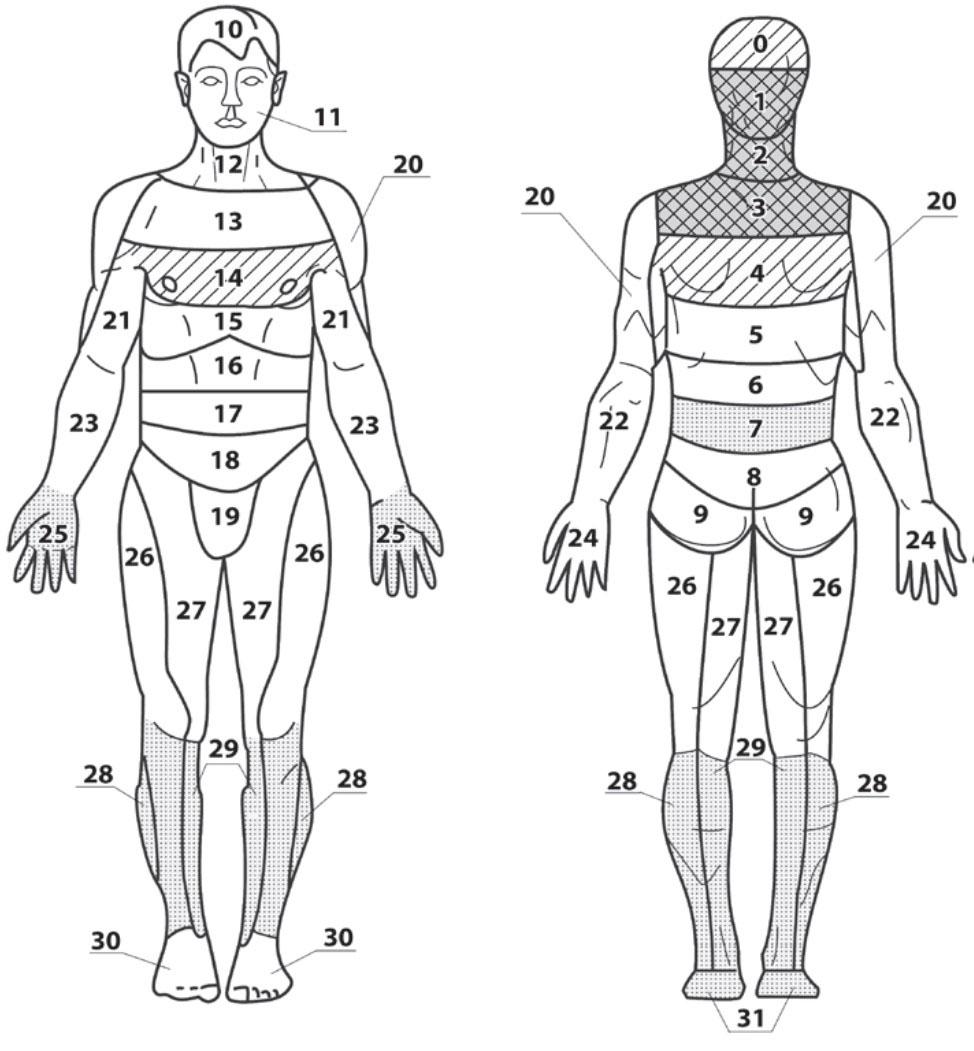
Fig.2
With a decrease in blood pressure (hypotension), act on zones 1, 2, 3 for a short time - 5-10 minutes, gradually involving the above- and below-mentioned zones 0, 4, 7, 14.
It is also necessary to influence the lumbosacral zone, the adrenal zone for a short time (3-5 minutes) and complete the session with a 3-5-minute application of the feet and legs.
Options for the use of Lyapko application devices for hypotension.
Application to the main, additional, auxiliary zones is possible simultaneously or in turn.
Flat applicators: “Chamomile M” , “Large mat” , “Massage needle large mat” , “Chance 6.2x4” ,
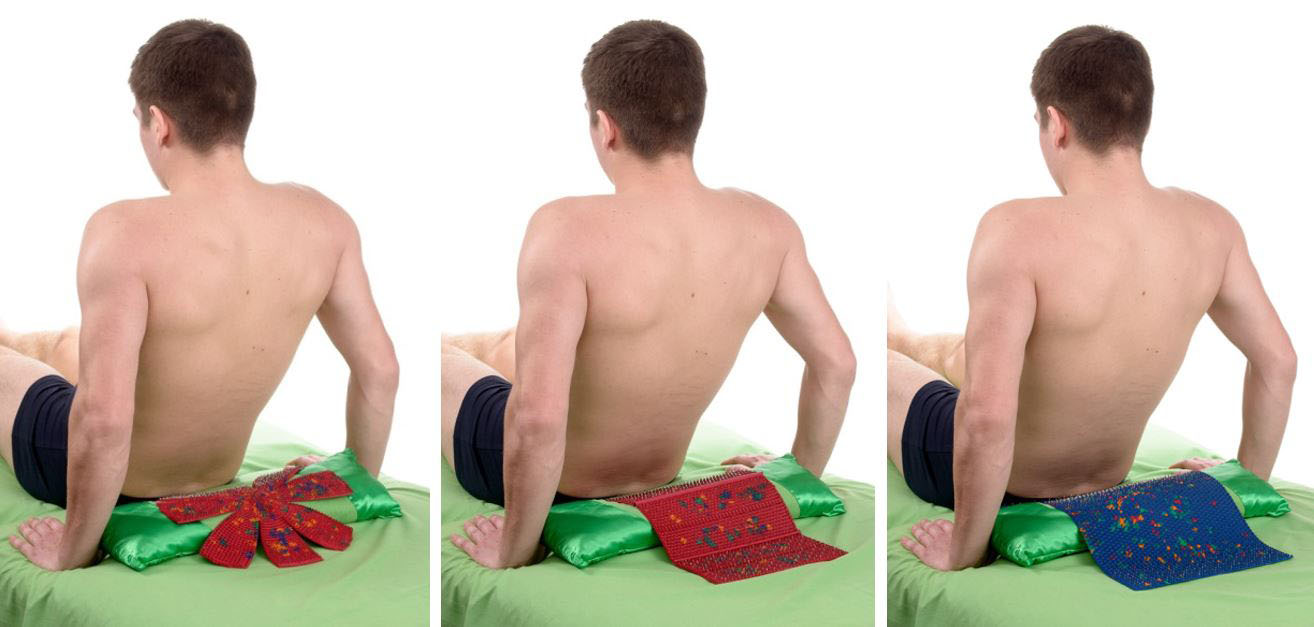
"Chance" , "Needle massage pillow", "Quadro" , "Duet" , "Folk" , "Insoles plus" .

Application rollers: “Facial roller M” , “Universal roller M” , “Needle ball” .

Application belts: "Kid" , "Universal M" , "Magic Ribbon" Health " . Application belts can be fixed on the main, additional zones, as well as on auxiliary ones - kidney zones (7), on calves, feet (28,29,31). It is convenient to fix the "Magic tape "Health" on the legs.

Rolling in the palms, on the head, on the face with the “Needle Ball”, “Facial Roller M”, “Universal Roller M” or making squeezes on the face along the massage lines with a small “Kraplink” applicator for 3-7 minutes gives a tonic effect, increases arterial pressure.

Active points to increase blood pressure
You can influence the zone of these points with a small Kraplink applicator or with your finger.
Shao-tsun point. With strong squeezing of the little finger, cardiac activity is activated, which leads to the normalization of blood pressure.
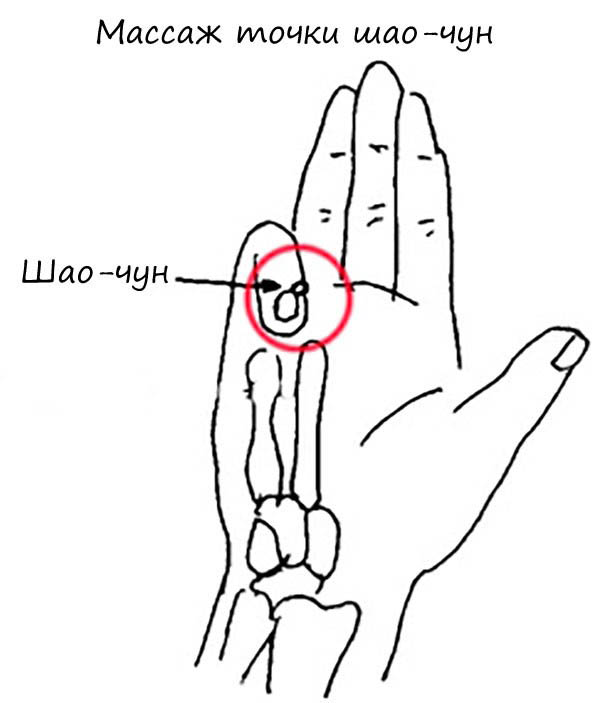
Point He-Gu. This is the point of general stimulation.
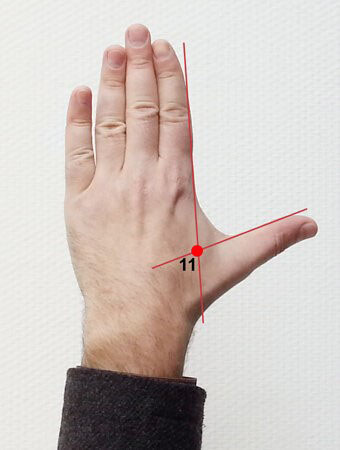
The zhenzhong point is located between the upper lip and nose. It is necessary to stimulate the specified point from 10 to 15 seconds. With a slight decrease in pressure, 5 seconds is enough.
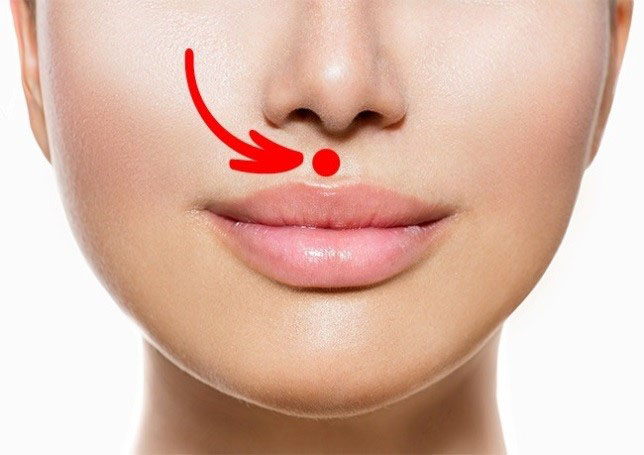
The point at the tip of the nose su-lyao is indicated for critical conditions: loss of consciousness, shock.
